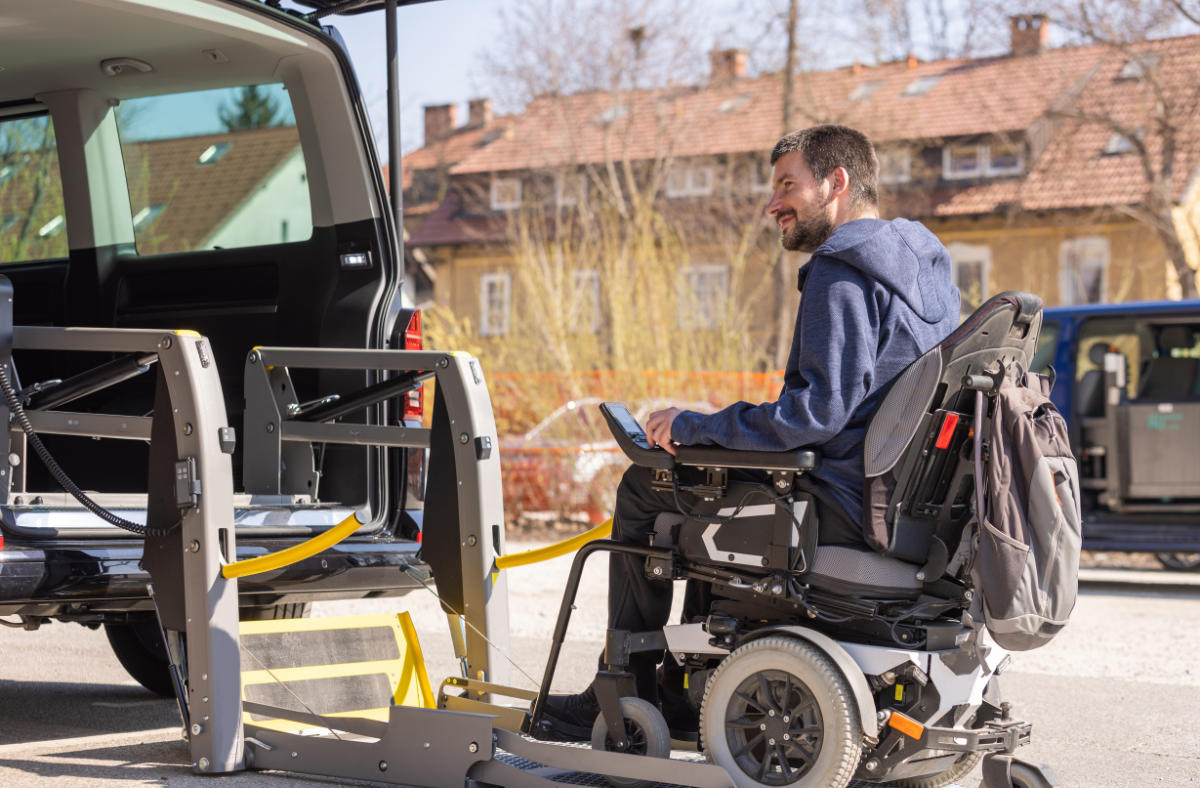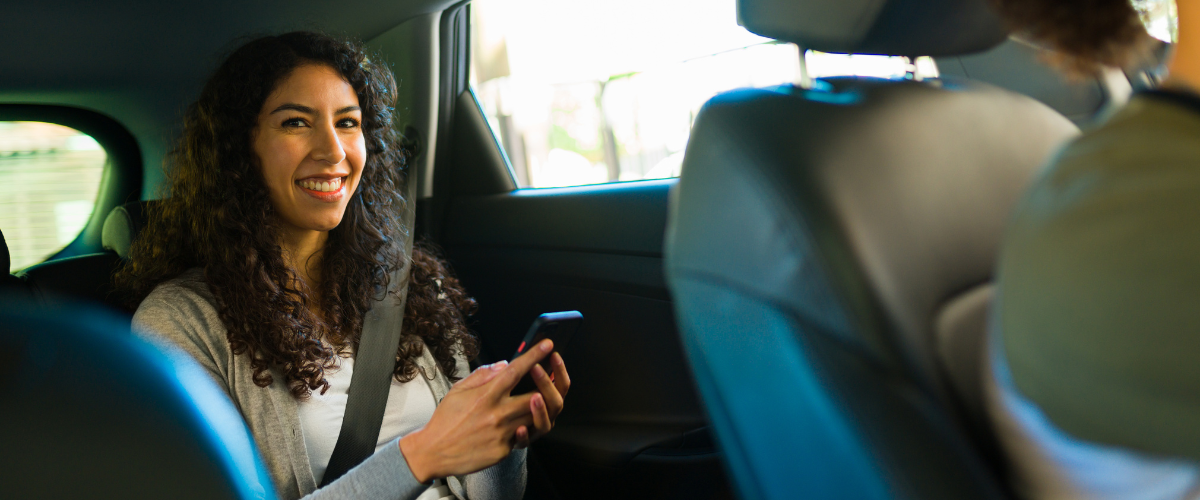Rideshare services are very practical—except when they’re confusing and frustrating. Because most drivers are independent contractors and many own the cars they drive, it’s hard to ensure a uniform, well-supervised experience every time. Common passenger complaints include:

- Long wait times
- Last-minute cancellations
- Hidden fees
- Poor customer service, including lack of response to complaints
For passengers using wheelchairs, mobility scooters, and/or service dogs, the potential for frustration is even greater since accessible vehicles can be in short supply.
Most rideshare services, however, do provide vehicles and user-friendly apps for disabled passengers. Let’s look first at the “big two”: Uber and Lyft.
Uber
The first and biggest major rideshare provider, Uber was founded in 2009. It now has a presence in over 70 countries and 15,000 cities.
Vehicle accessibility: Uber WAV (Wheelchair Accessible Vehicles) service began a decade ago and is available in several North American cities including Chicago, Boston, and Los Angeles. WAV drivers are specially trained and certified to assist passengers with mobility impairments. Another option is Uber Assist, with drivers trained in handling mobility devices such as folding wheelchairs.
Uber also provides tips for drivers on general disability assistance.
Assistive technology: The Uber app features:
- Options for asking questions and sending referrals
- Ability to track a ride before pickup, or share a ride’s location en route
- Visual and vibrating alerts for riders with hearing disabilities
- Wireless Braille display compatibility
- An Emergency link for contacting an Uber safety team
Lyft
Lyft was founded in 2012. It now covers most of the U.S., much of Canada, and over 150 European cities.
Vehicle accessibility: All Lyft vehicles guarantee trunk space for folding mobility devices. Lyft also offers Healthcare and Assisted transit options, plus WAV/Wheelchair service in select cities.
See also the “Lyft’s commitment to accessibility” page.
Assistive technology: The Lyft app features:
- An audio recorder
- Location sharing to update family or friends on a ride’s progress
- A “favoriting” option where passengers can request a specific driver
- Connections to request help in an emergency
- Information on nearby WAV-transit options, including non-Lyft services

Other Players
There are many lesser-known rideshare companies, often specializing in particular markets. If you’re interested in further research, here are some options to start with (not all are available everywhere):
- Alto: Mostly for the higher-income market, this company provides its own vehicles, and its drivers are employees rather than contractors. Guarantees spacious seating and HEPA air filtering. See also their Non-discrimination Policy, which includes a link to report complaints.
- ARRO: Highlights “wheelchair accessible vehicles” on its home page. App features include options for storing payment methods and checking vehicle locations in real time.
- HopSkipDrive: Specializes in school-related transportation, including rides for “students with unique needs.”
- UZURV: Focuses on paratransit and passengers with mobility impairments. Vehicle-accessibility standards and driver training are emphasized.
- Waymo: A high-tech groundbreaker in the rideshare business, using autonomous (self-driving) vehicles.
Fort Bend County and southwest Houston residents may also be interested in the Sugar Land On-Demand program, which includes wheelchair-accessible minivans among its vehicles.

